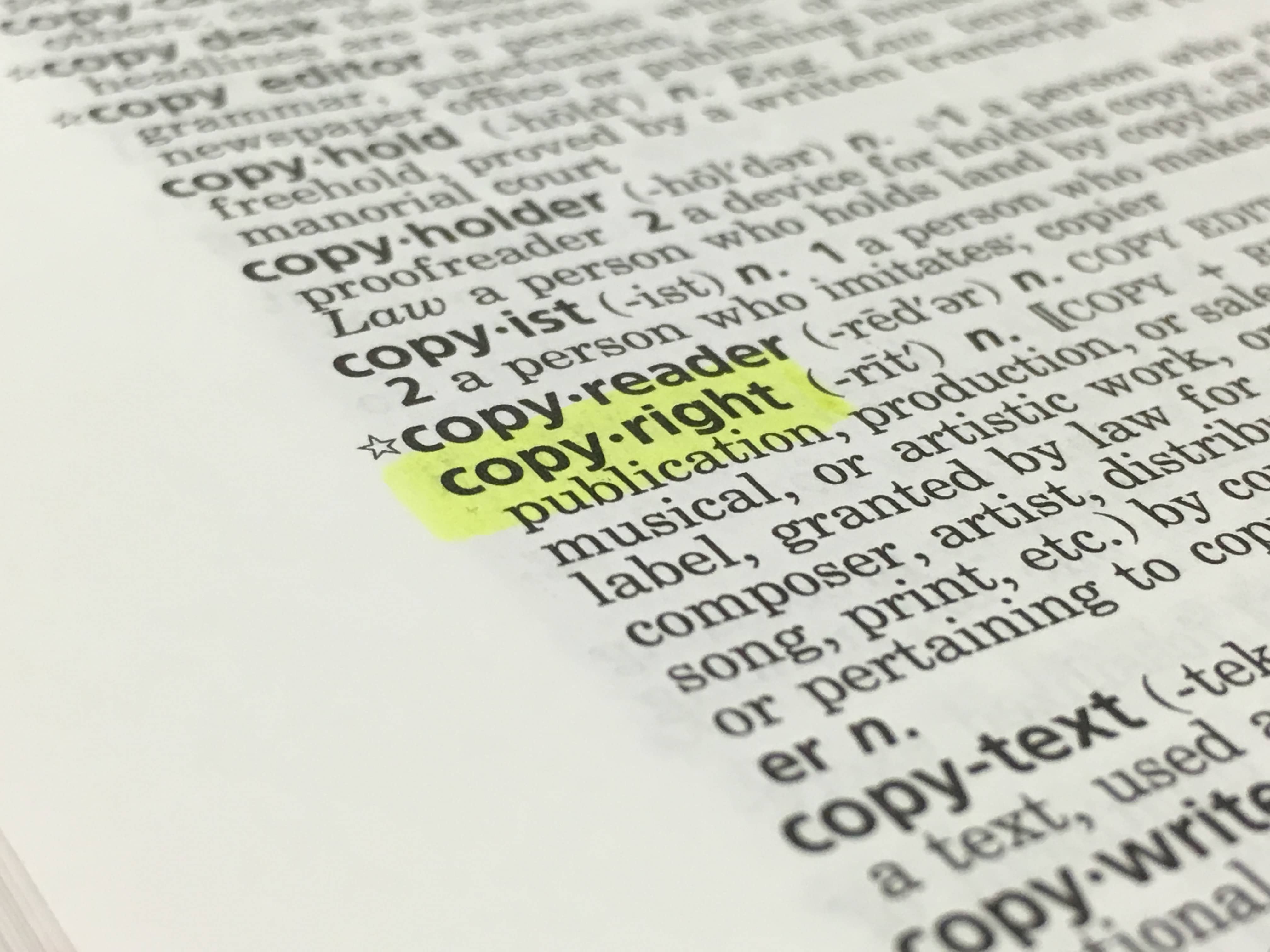Copyright gives you a lot of great ways to protect your work. But there are certain things you can’t control as a copyright owner and it’s important to know what they are. Here are two things not covered by copyright in the United States:
Who Owns the Artwork
Copyright gives you control over whether your work is publicly displayed, reproduced, or used to create new work, but it doesn’t let you control who owns the physical object that is your work.
If I buy a painting from you, I own the painting and can do whatever I want with it as a physical object. I can hang it in my home, donate it to a museum, or squirrel it away in a perfectly controlled art vault. If I decide to sell the painting to someone you loathe, you can’t stop me.
Even though I own the painting, you still own the copyright to the painting. That means you get to control whether there are posters made of the painting or whether the painting can appear in the episode of Grimm that was filmed in my living room. You still control how the image of the painting is used; I only control the physical object that is the painting.
Who Uses Your Ideas
Copyright protects the unique ways you express ideas in your artwork, but it doesn’t protect the ideas themselves.
The copyright to your amazing photograph of the Great Barrier Reef at sunset doesn’t let you dictate whether others get to use the Great Barrier Reef or sunsets in their work. Your copyright only protects how you expressed those ideas. Your expression is captured in the composition of the image, timing of the photograph, your lighting choices, how and where you chose to focus and alterations made post-development.
This concept often feels crystal clear when thinking about the ideas represented in other people’s work, and muddy when considering how people use the ideas in our own work. But when we encourage the free exchange of ideas, we get better and more interesting art. The exchange of ideas allows us to borrow one another’s perspective and makes our conversations richer.
Copyright is a powerful legal tool for artists who want to protect their art from misuse, but it can’t do everything. Understanding what copyright can’t do is as important as understanding what it can do. Both will help you decide how you want to use your copyrights to support your work.
Katie Lane is an attorney and negotiation coach in Portland, Oregon, helping artists and freelancers protect their rights and get paid fairly for the work they do. You can read her blog at WorkMadeForHire.net and follow her on Twitter: @_katie_lane.




